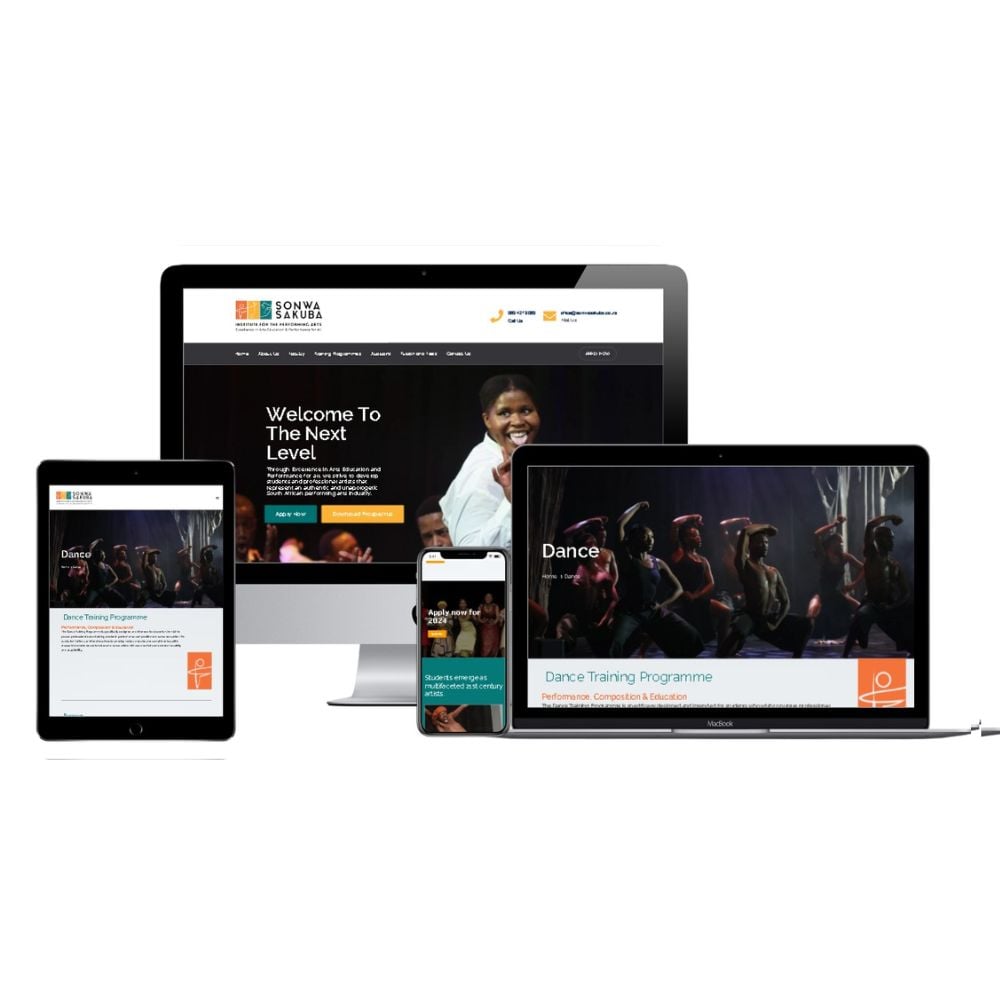Essential Tips for Crafting High-Impact Site Styles
In the realm of digital marketing, the layout of a site serves as a vital touchpoint for engaging potential customers. To create high-impact internet site designs, one should take into consideration essential elements such as target market understanding, customer experience, and aesthetic power structure.
Understand Your Target Market

To efficiently recognize your audience, start by carrying out market evaluations to collect information on age, gender, location, and interests - website design. This info works as a foundation for creating user personas, which represent the essential characteristics of your target audience. These identities guide decision-making in style aspects and material method, making certain placement with customer expectations
Furthermore, assessing user habits via devices like Google Analytics can disclose how visitors interact with your site. Metrics such as bounce prices and time on web page can highlight locations that need enhancement or modification. Customer surveys and comments also give vital understandings into choices and discomfort points.
Eventually, a deep understanding of your target market is not merely helpful yet important. It encourages designers to develop even more relevant, attractive, and practical websites that cultivate a positive user experience and drive preferred results.
Prioritize User Experience
When creating an internet site, focusing on user experience (UX) is vital to accomplishing both user fulfillment and company goals. A well-crafted UX guarantees that visitors can navigate the website effortlessly, find the info they need, and engage with material successfully. To accomplish this, it is vital to embrace a user-centered style technique that entails understanding individual needs, choices, and actions.
Beginning by performing comprehensive study, consisting of user surveys and functionality testing, to gather understandings right into how individuals interact with your website. This information ought to notify design decisions, making certain that formats and features straighten with customer expectations. Streamlined navigation is important; site visitors need to have the ability to situate info promptly without unneeded clicks or confusion.
Furthermore, think about the filling rate of your site. A slow-loading website can result in high bounce rates, negatively influencing user experience. Enhance images and scripts to boost efficiency.
Last but not least, make certain that your web site comes to all individuals, including those with specials needs. Complying with access criteria not just widens your target market but also promotes inclusivity. By focusing on UX, you lay the structure for an effective web site that fulfills both user requires and business goals.
Embrace Visual Hierarchy
A well-structured visual power structure plays a significant role in enhancing user experience by directing site visitors' focus to one of the most vital components of an internet site (website design). By strategically arranging content, developers can create a clear course for customers to adhere to, guaranteeing they engage with vital top article info efficiently
To implement visual hierarchy, beginning by making use of size and range. Larger components normally draw the eye, making them excellent for headlines or calls to activity. Complement this with contrasting shades that highlight essential areas, as vibrant colors can produce prime focus that capture focus.
Furthermore, the placement of aspects on the page is critical. Leading the customer's stare via the layout can be accomplished by placing crucial information at the leading or in the facility, where individuals typically begin their visual trip. Incorporating whitespace around components can also improve quality, making it simpler for users to process details without feeling bewildered.
Last but not least, employing typography successfully adds to visual power structure. Different font style styles, dimensions, and weights can denote importance, guiding users with the content flawlessly. By embracing these principles, designers can create an instinctive experience that fosters interaction and urges customers to discover additionally.
Optimize for Mobile
Mobile optimization is necessary in today's electronic landscape, as a significant portion of web website traffic comes from mobile visit homepage tools. To guarantee a seamless individual experience, web sites have to be developed with mobile users in mind. This entails utilizing receptive website design methods that adjust the layout, images, and message to fit various display dimensions while maintaining functionality and appearances.

Touch targets, such as web links and switches, need to be properly sized, ensuring they are easily tappable without mistakes. Moreover, guarantee that types are mobile-friendly by minimizing input areas and making use of dropdowns where applicable, improving the customer experience.
Lastly, test your web site throughout different mobile phones and web browsers to recognize any type of concerns that might affect functionality. By focusing on mobile optimization, you not only improve individual satisfaction yet additionally positively impact your website's internet search engine position, hence bring in even more site visitors and improving general involvement.
Implement Strong Branding
Creating a identifiable and cohesive brand is essential to establishing a strong online visibility. A well-defined brand not only separates you from rivals yet likewise fosters trust fund and commitment among your audience. To carry out strong branding, begin by developing a clear brand name identification that encapsulates your mission, values, and vision. This identity should be mirrored constantly throughout all digital touchpoints, including your website, social media, and email interactions.
Aesthetic aspects such as logos, shade schemes, and typography play a crucial role in branding. Pick a color palette that resonates with your target market and reflects your brand name character. Ensure that your logo design is flexible and prominently presented on your site, boosting brand acknowledgment.
Material is equally crucial; your tone of voice must align with your brand name identity, whether it's expert, friendly, or reliable. Engaging narration can even more enhance your brand, producing an emotional link with customers.
Final Thought
In final thought, crafting high-impact website layouts demands a complex approach that encompasses recognizing the target market, prioritizing user experience, and embracing aesthetic hierarchy. By integrating these elements, internet sites can effectively involve users, assist in seamless navigation, and foster emotional links that boost brand identification.
To develop high-impact website layouts, one must take into consideration click to investigate necessary aspects such as target market understanding, user experience, and aesthetic power structure.When developing a website, prioritizing customer experience (UX) is vital to attaining both individual fulfillment and company goals.Begin by conducting detailed research, consisting of customer surveys and usability screening, to collect insights into exactly how users engage with your website. To make certain a seamless individual experience, websites need to be made with mobile individuals in mind.In final thought, crafting high-impact website designs requires a multifaceted method that incorporates understanding the target market, prioritizing user experience, and embracing aesthetic pecking order.